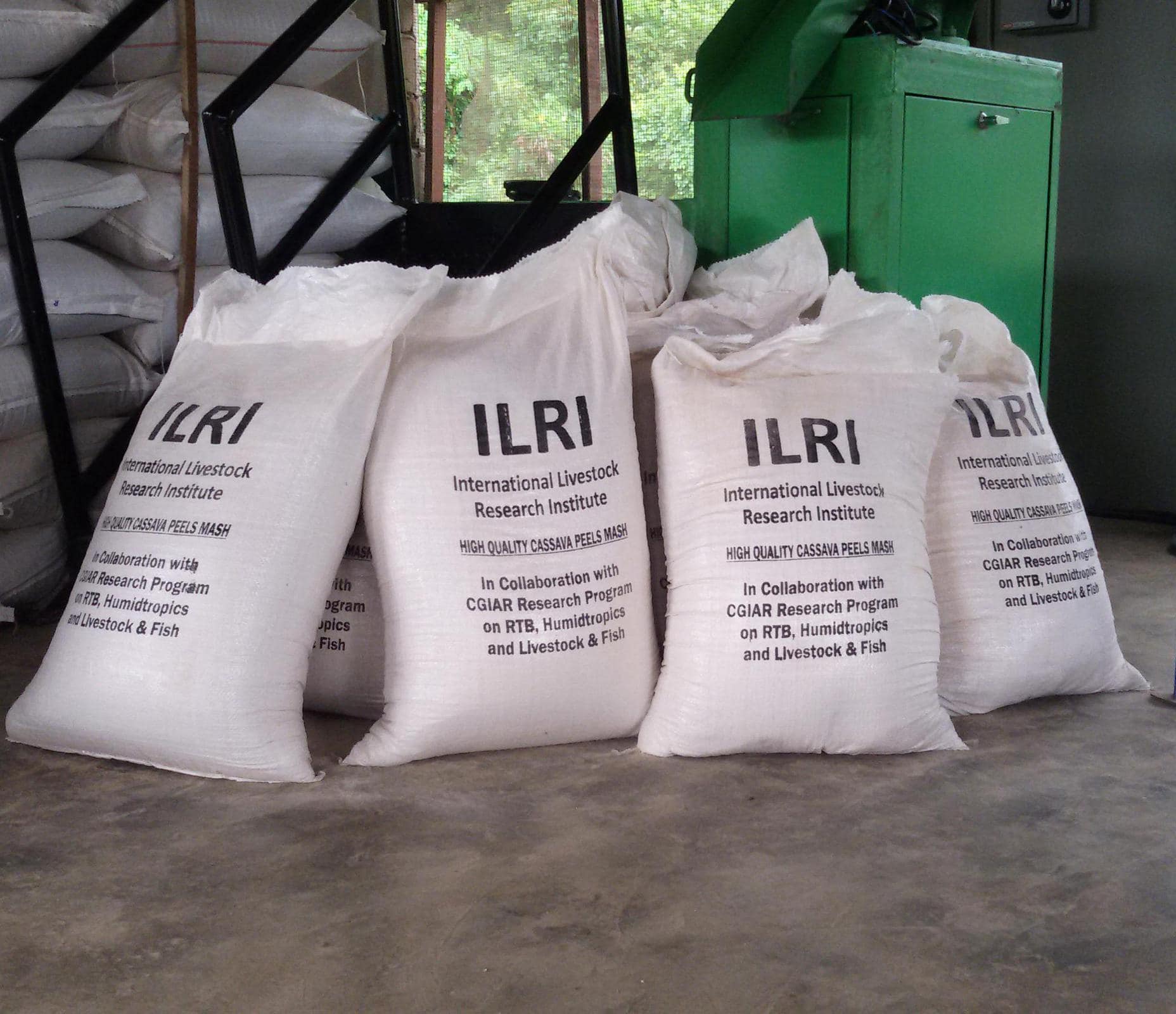From waste to wealth: The innovation turning cassava peels into a growing new industry
- From
-
Published on
05.04.21
- Impact Area

To make garri, cassava roots have to be peeled. Traditionally, the peels have been dumped in huge heaps and burned, or allowed to rot — turning them into an environmental hazard, as toxic compounds in the raw peels leached into waterways.
Some producers attempted to dry the peels in the open air for use as a livestock feed, but this process takes 3-5 days, and the peels are susceptible to contamination by fungal toxins, especially in the wet season.
In 2015, Acho Okike and other researchers at the International Livestock Research Institute (ILRI) and the International Institute for Tropical Agriculture (IITA) developed a technique for processing wet cassava peels into a high-quality, safe, nutritious livestock feed within eight hours — transforming three tonnes of wet peel into one tonne of dried cassava peel mash. . . .
Read the original article.
![]()
Related news
-

ICRISAT to Deliver World-Class Services as CGIAR’s Breeding Resources South Asia Hub
International Crops Research Institute for the Semi-Arid Tropics (ICRISAT)07.07.25-
Biodiversity
-
Food security
Strategic collaboration to scale innovation and deliver harmonized, high-quality support across CGIA…
Read more -
-

Shaping policy changes for a sustainable cropping system in Uttar Pradesh, India
International Rice Research Institute (IRRI)03.07.25-
Food security
by Dr. Proloy Deb and Dr. Swatantra Dubey The Central Plain region of Uttar Pradesh…
Read more -
-

KOICA, UPLB, IRRI Partnership Establishes a Genomic Powerhouse to Future-Proof Agriculture
International Rice Research Institute (IRRI)01.07.25-
Food security
LOS BAÑOS, Philippines (26 June 2026) — KOICA, UPLB, and IRRI came together to showcase…
Read more -
